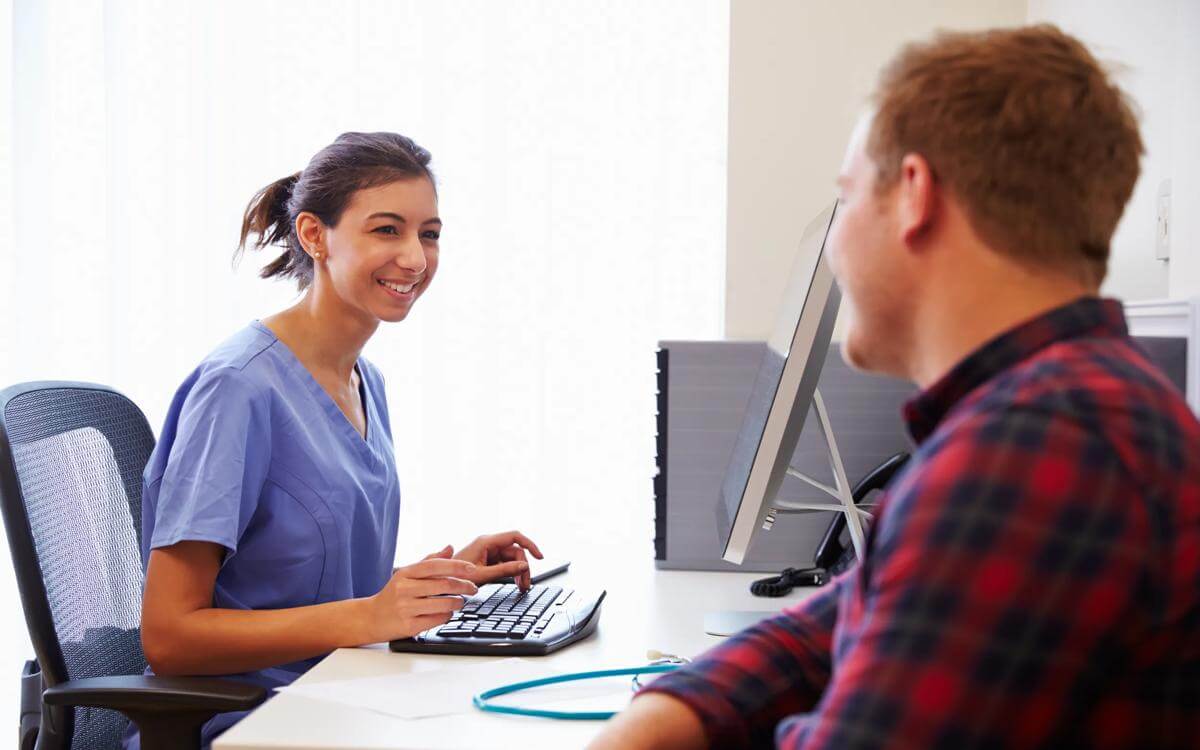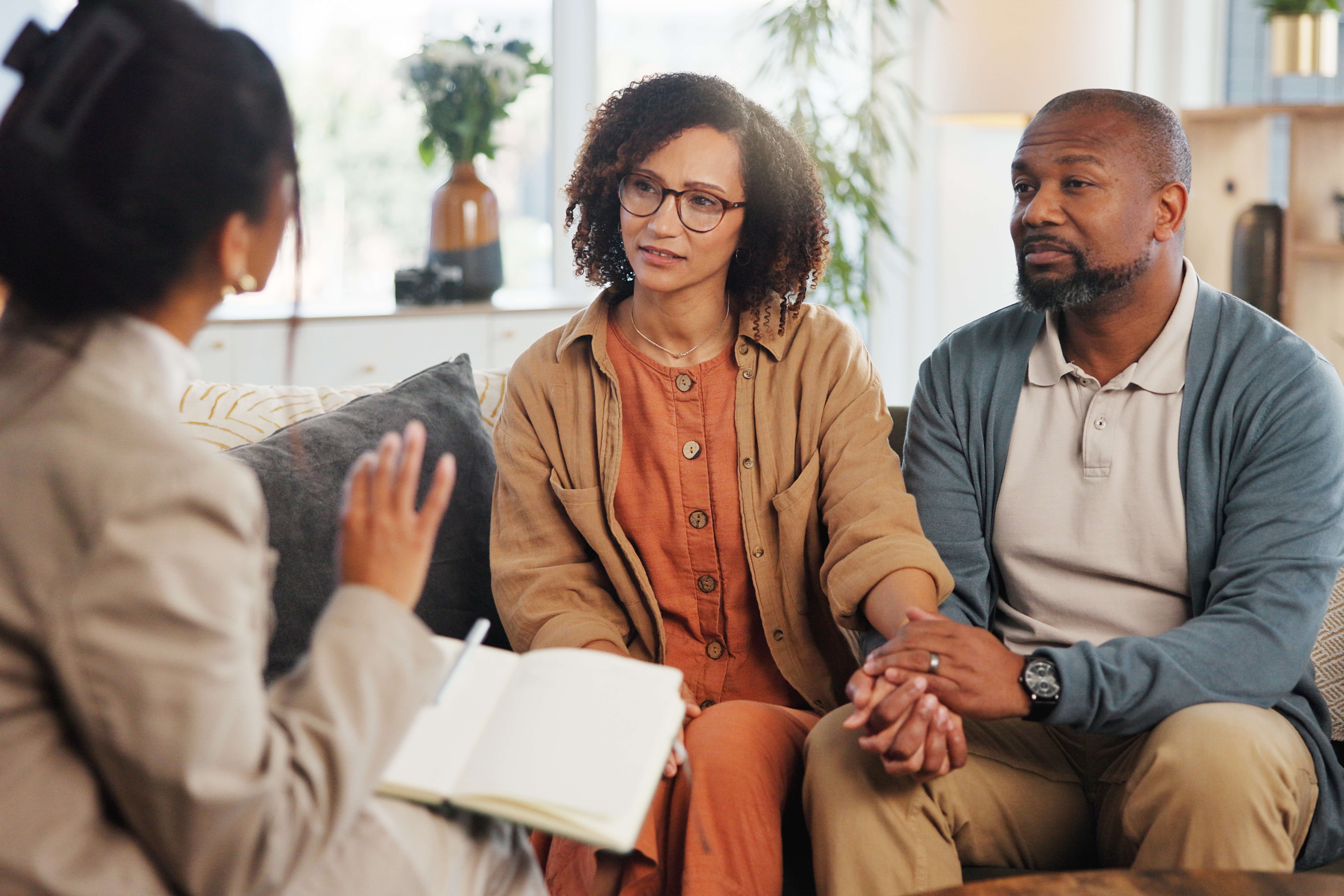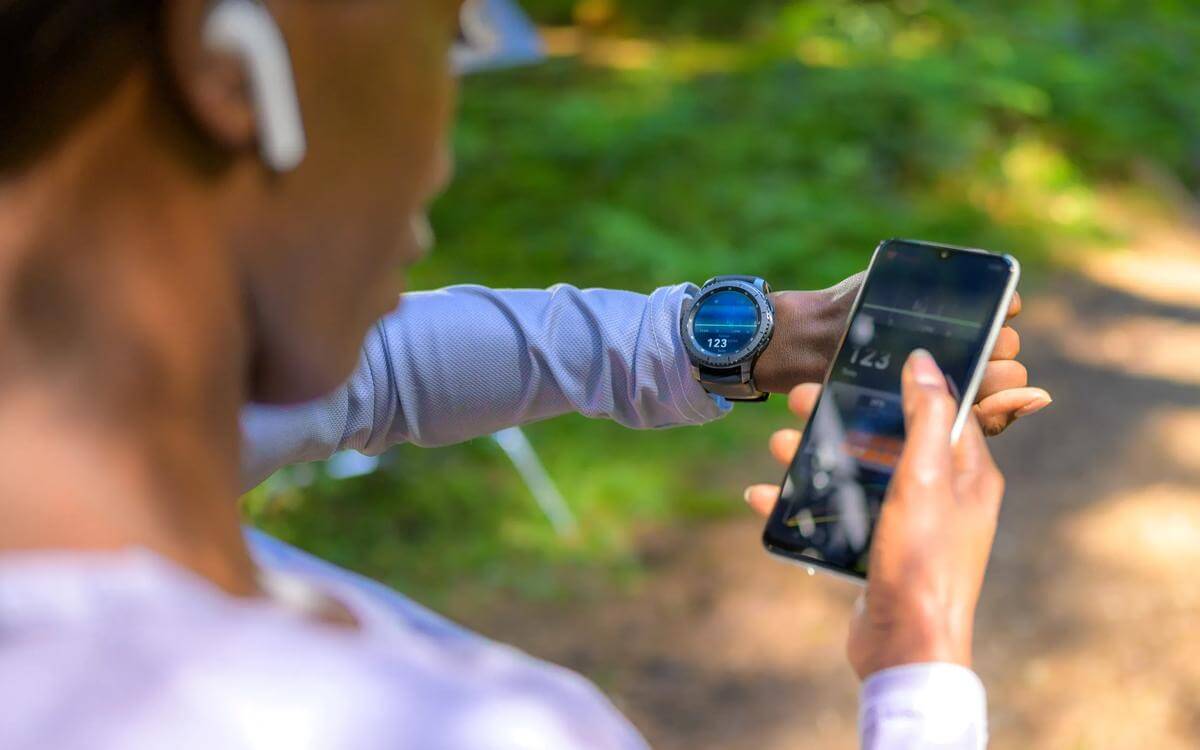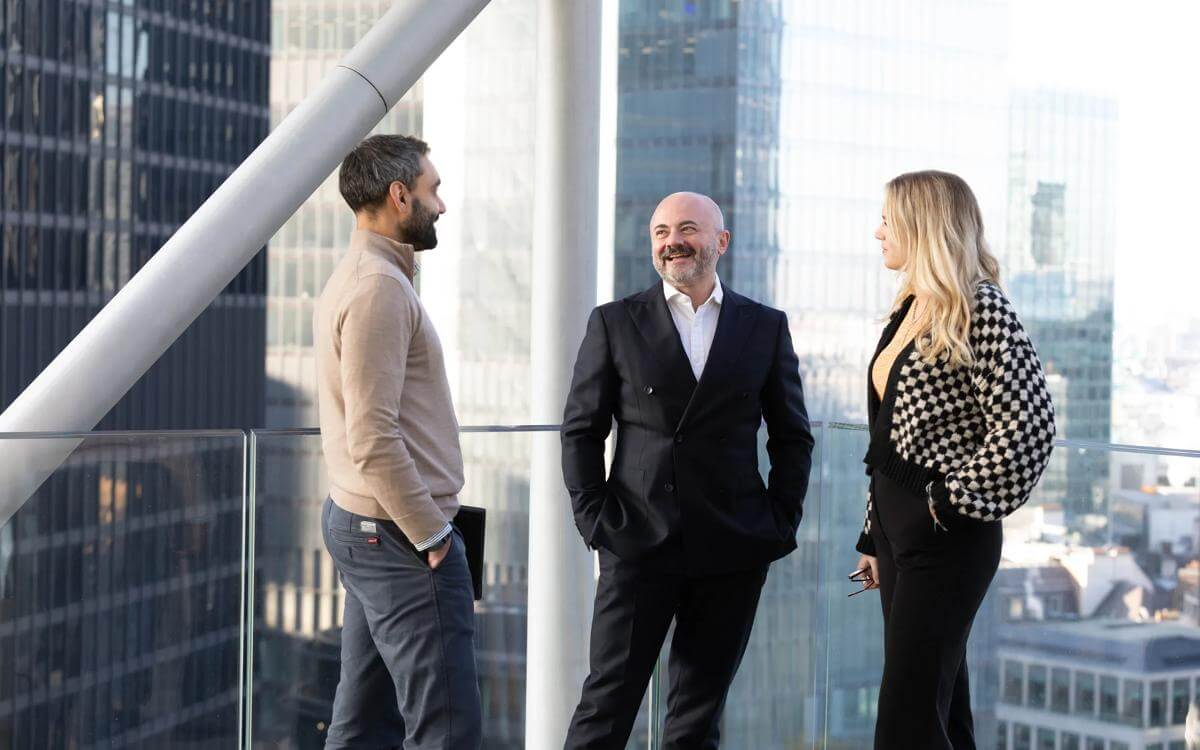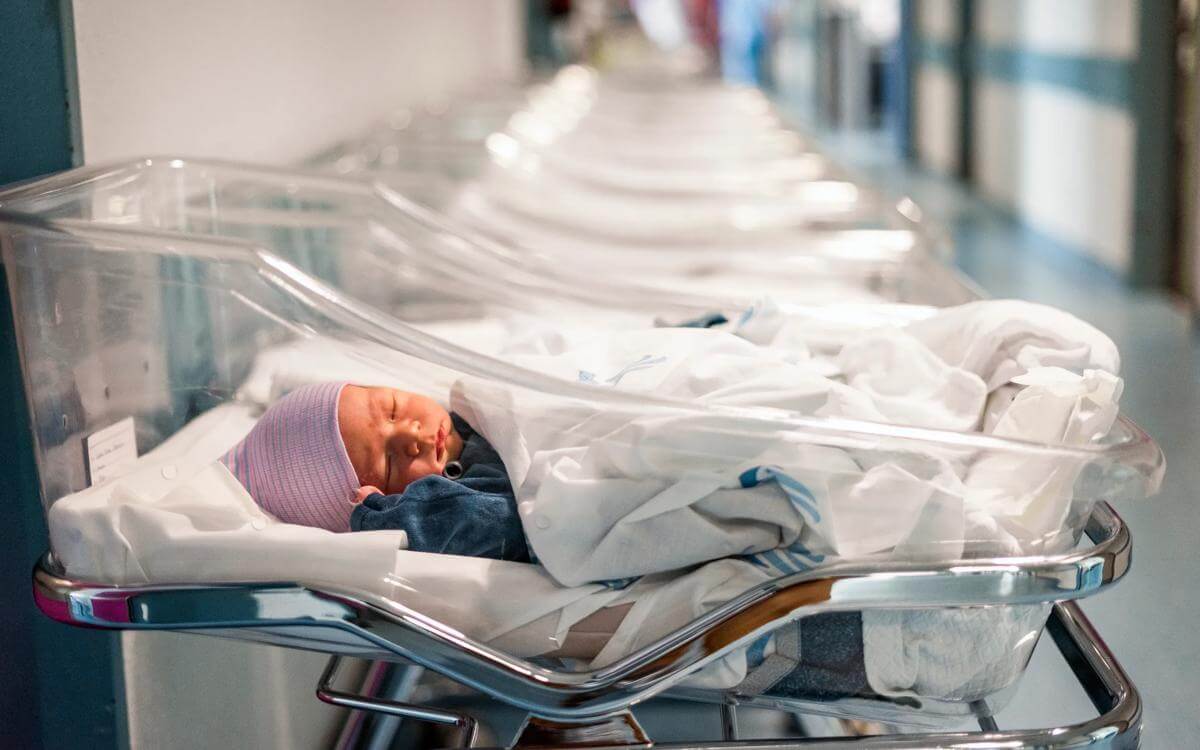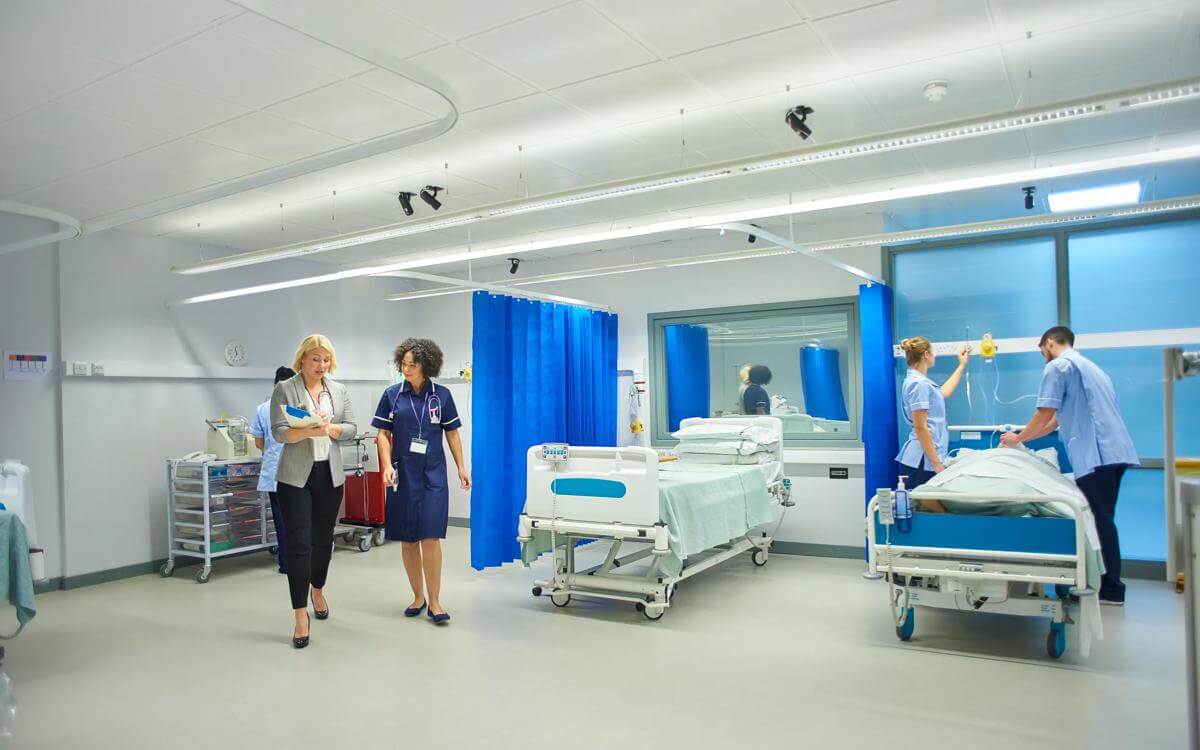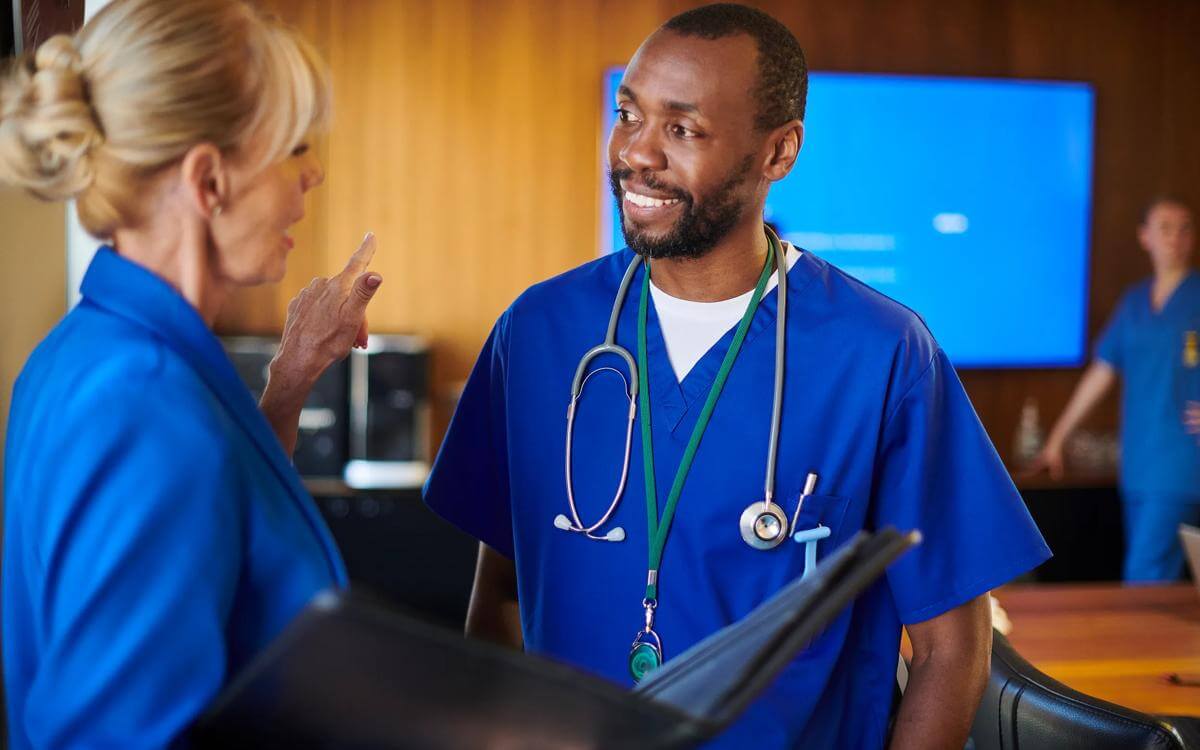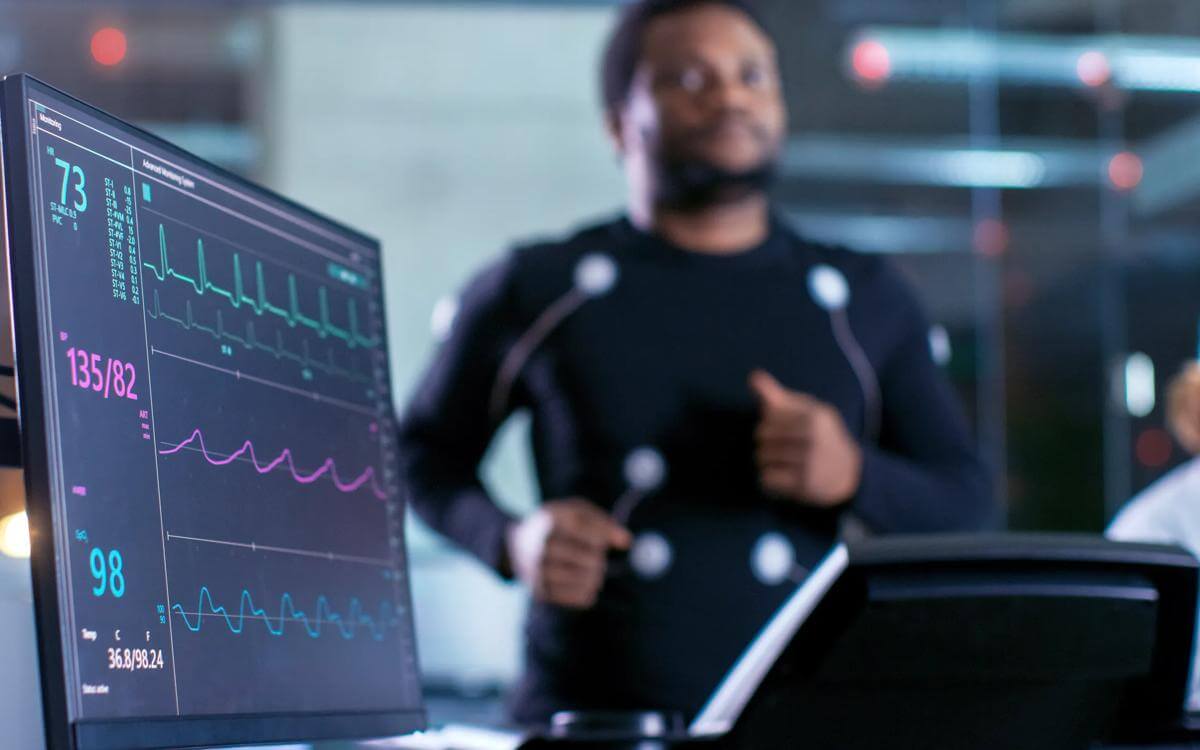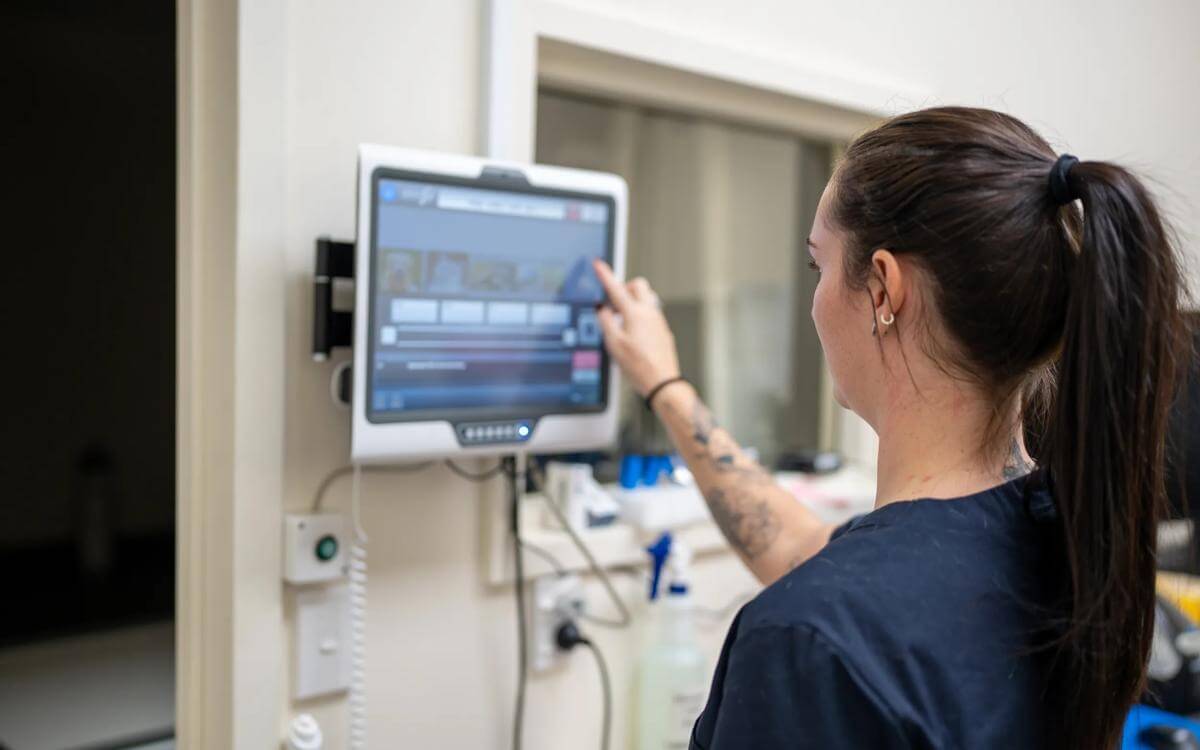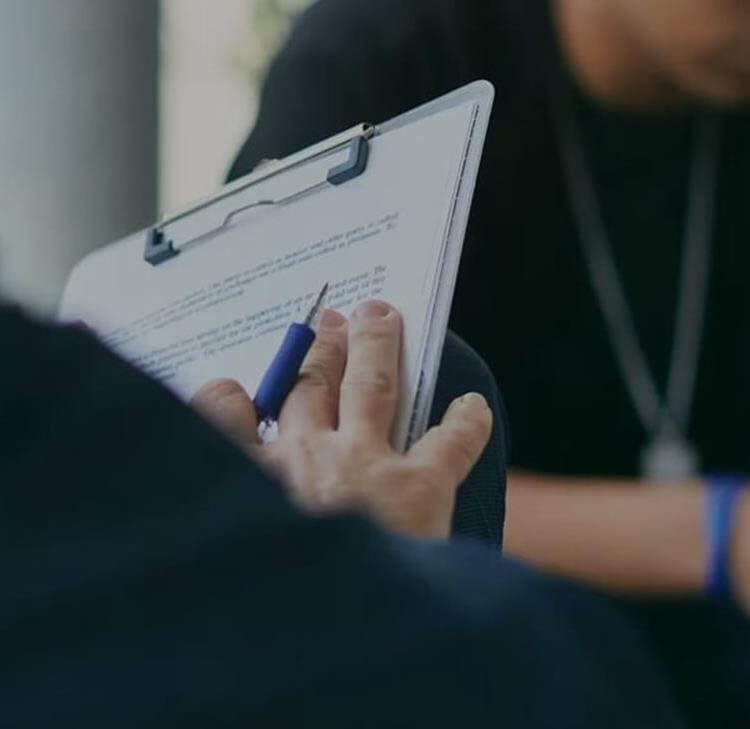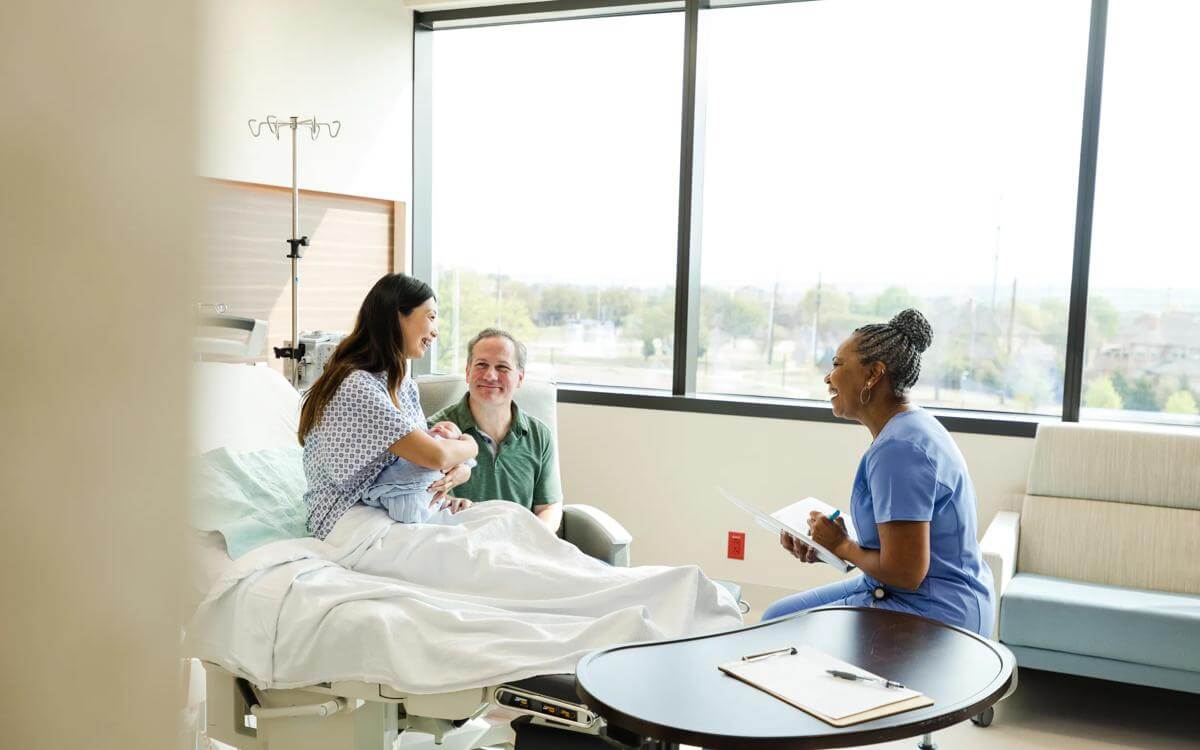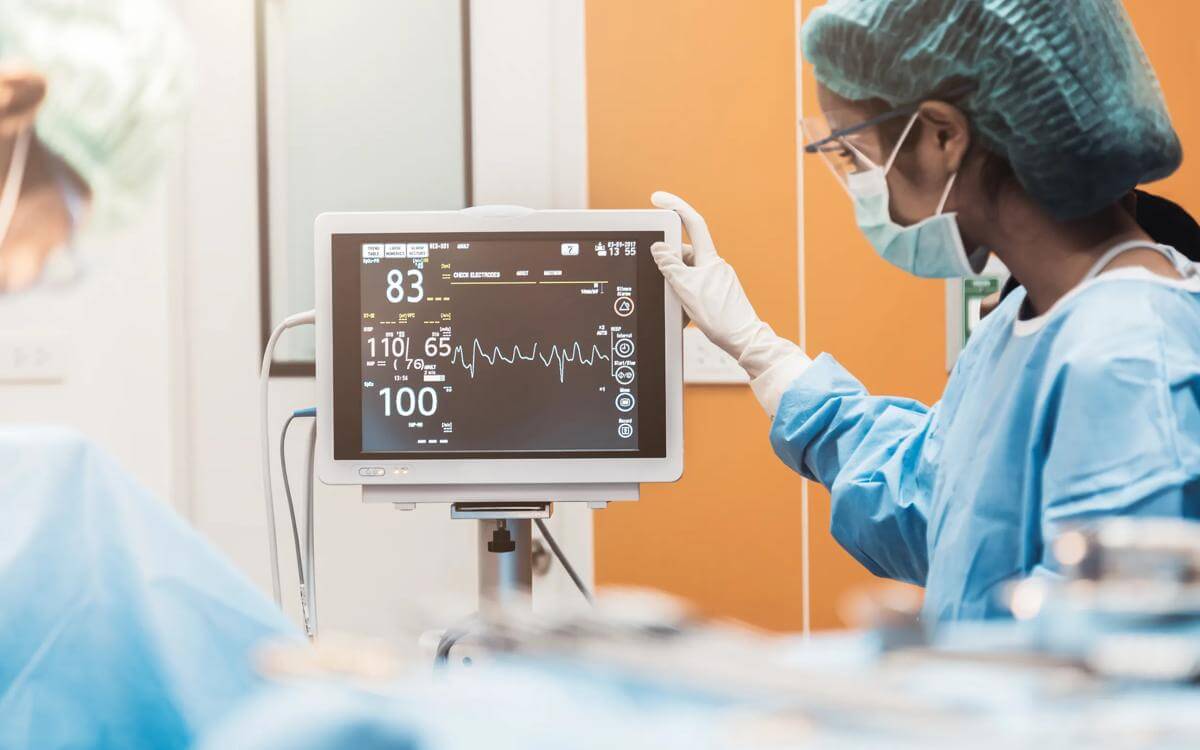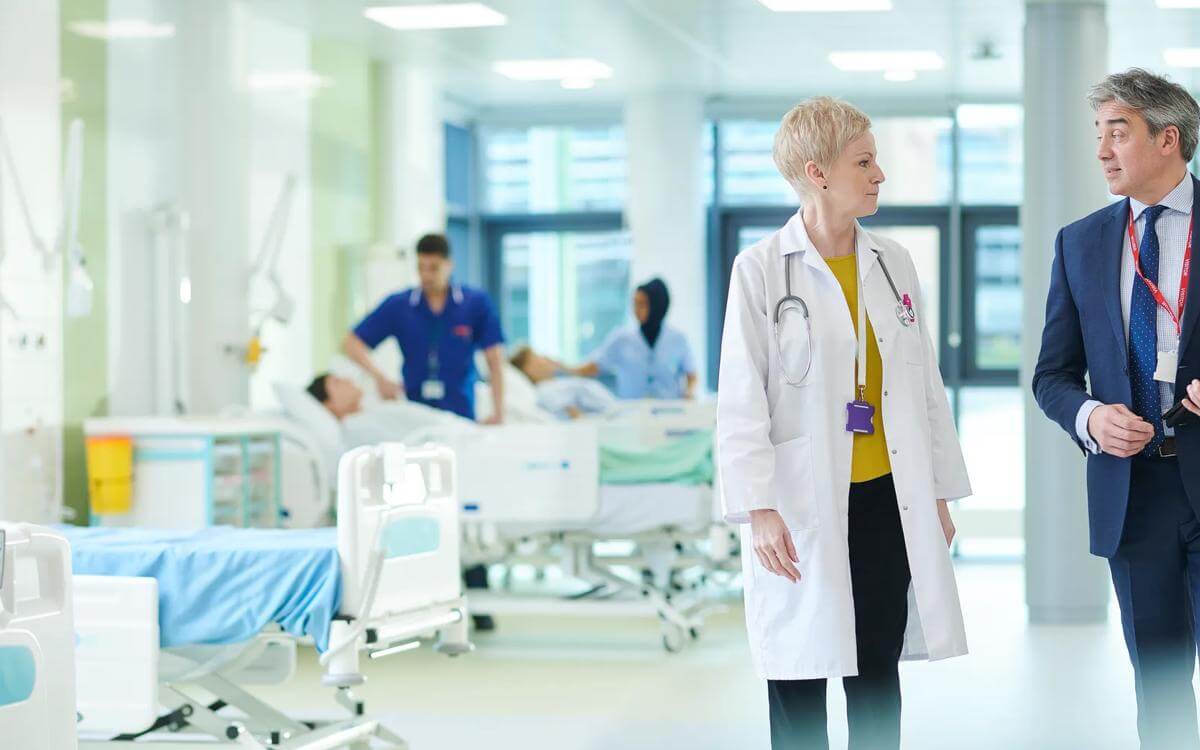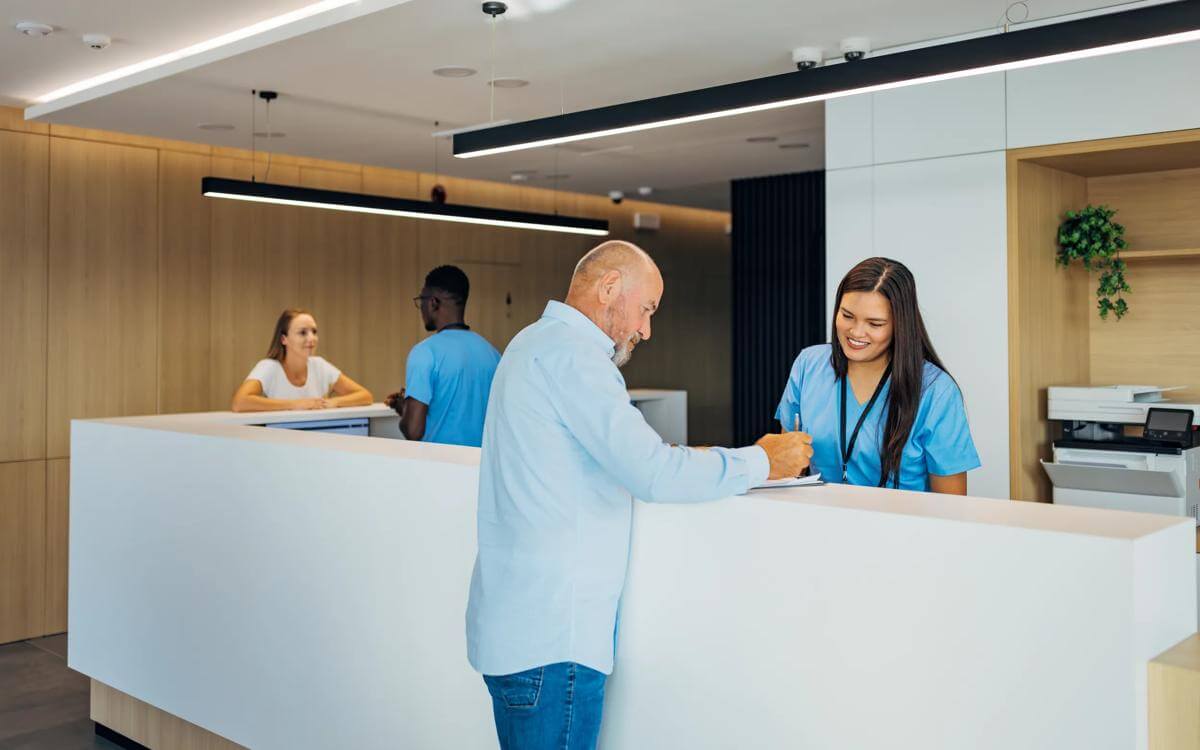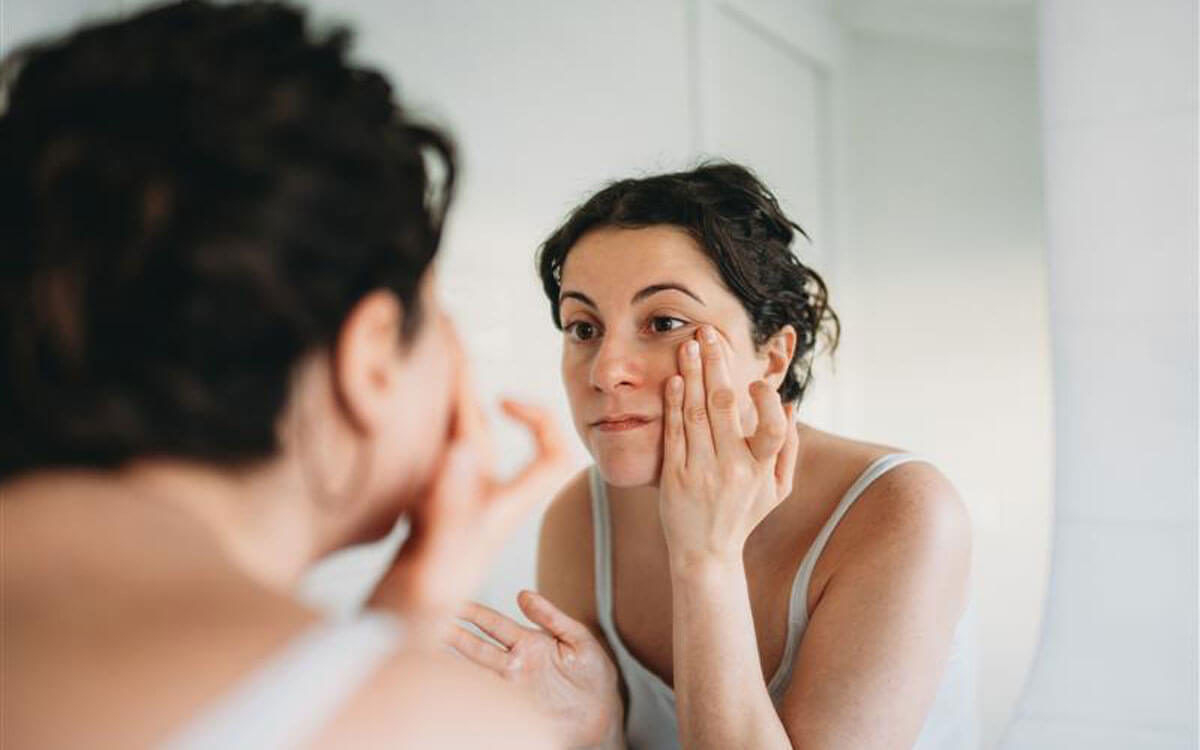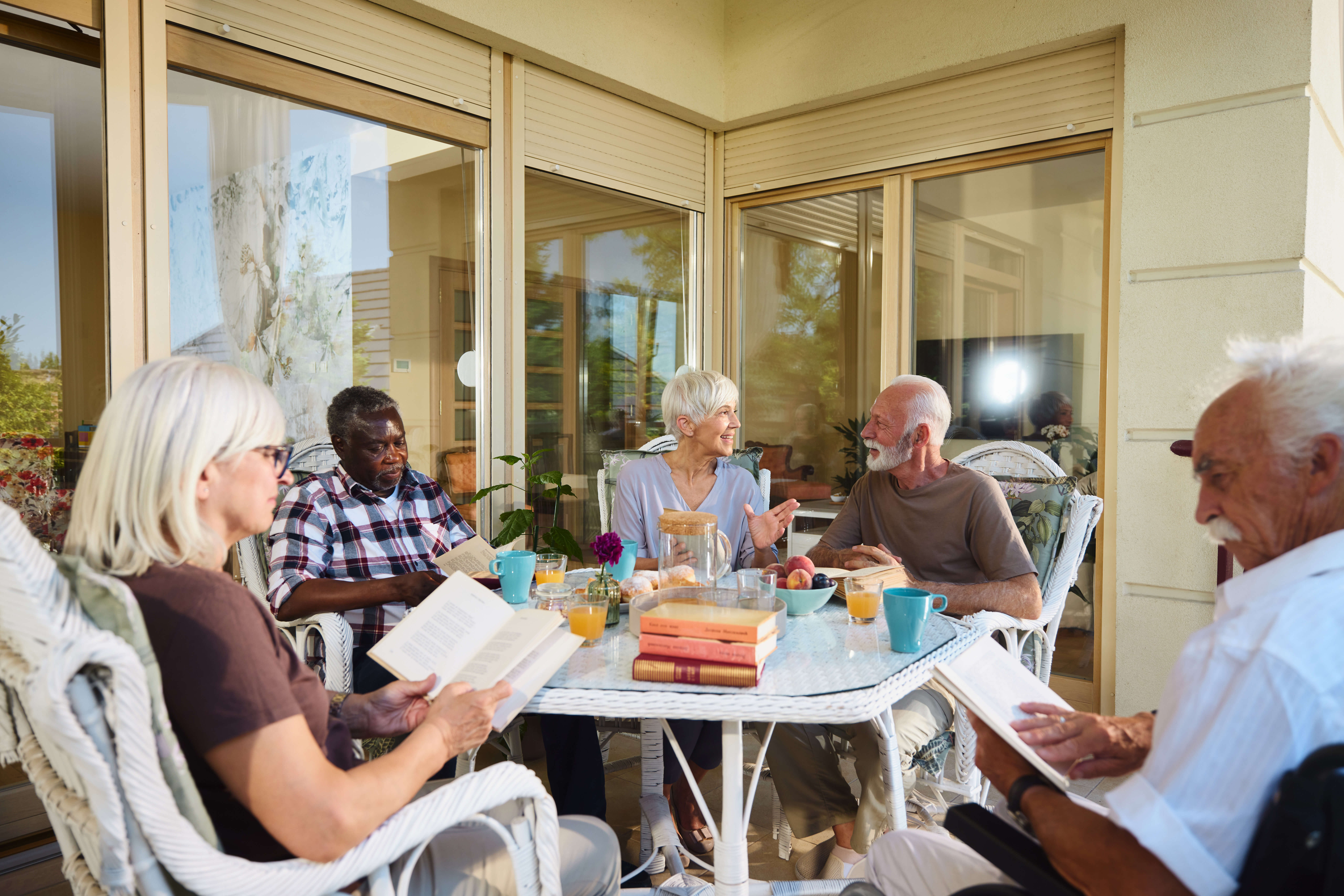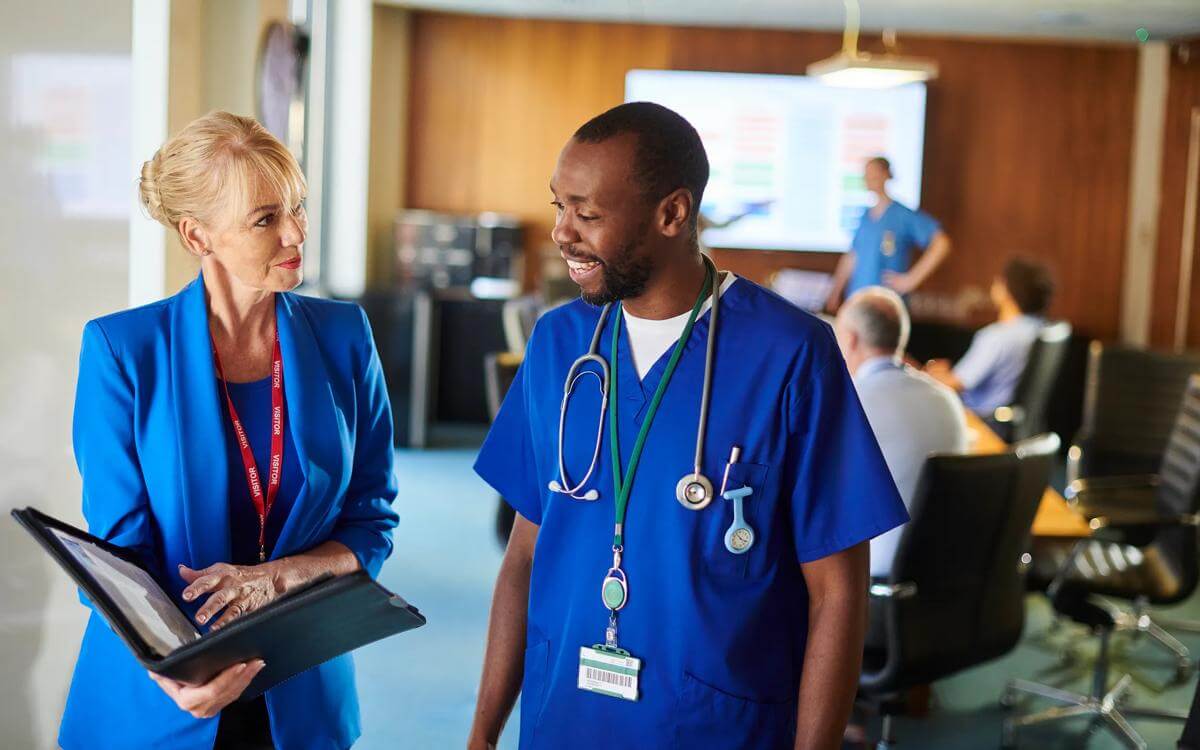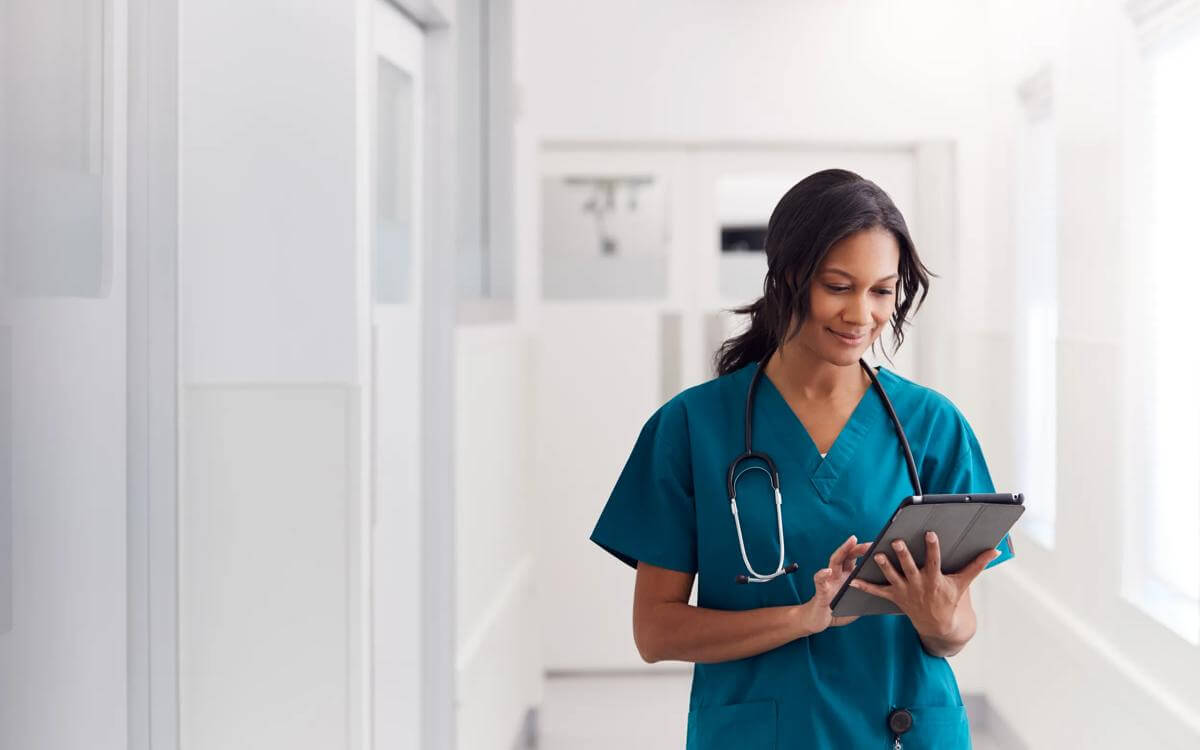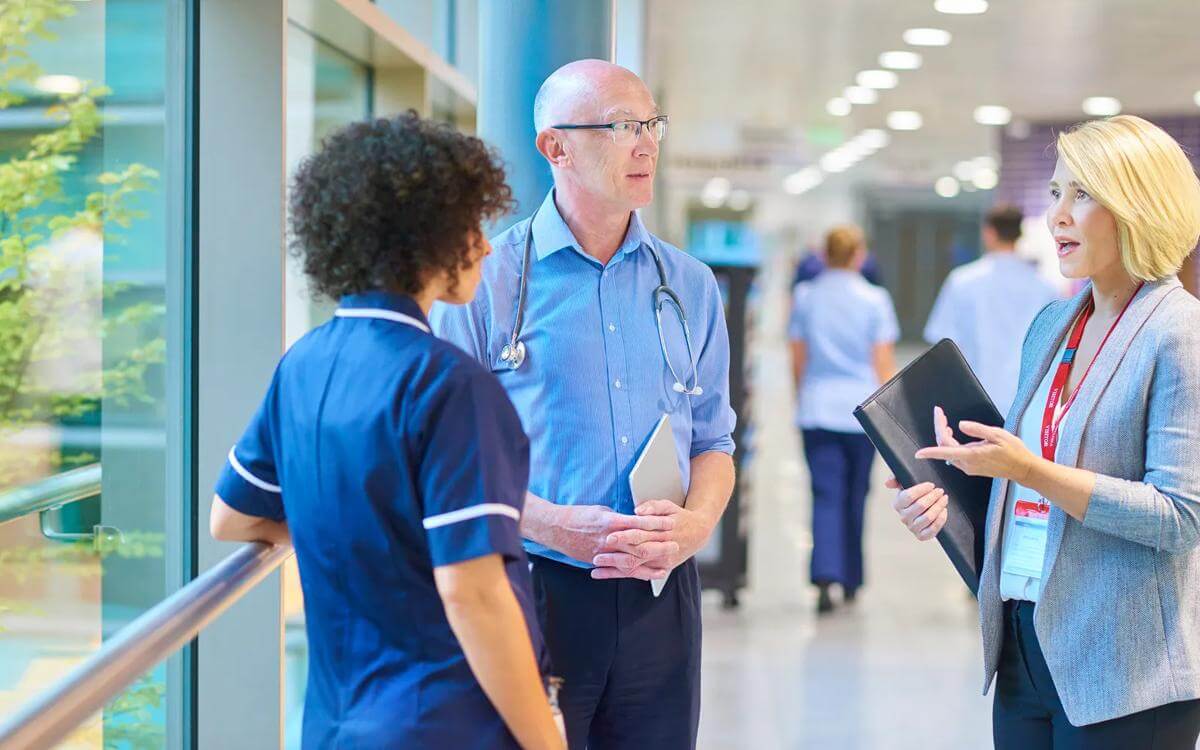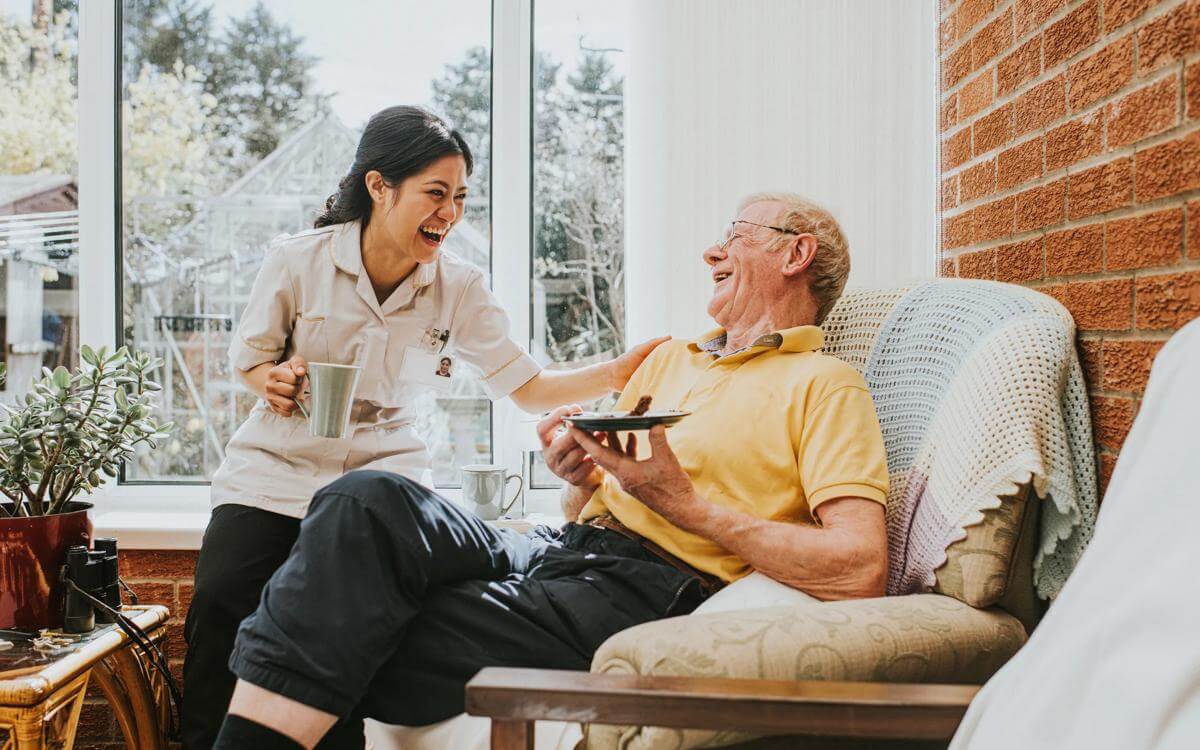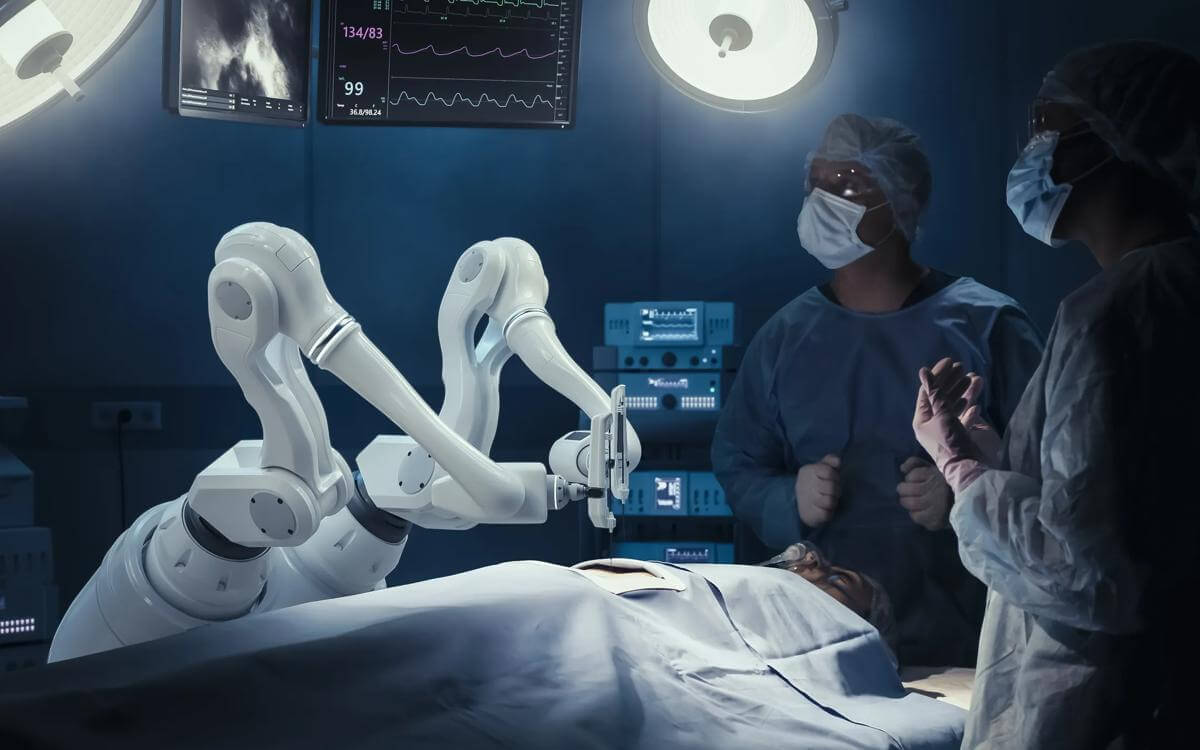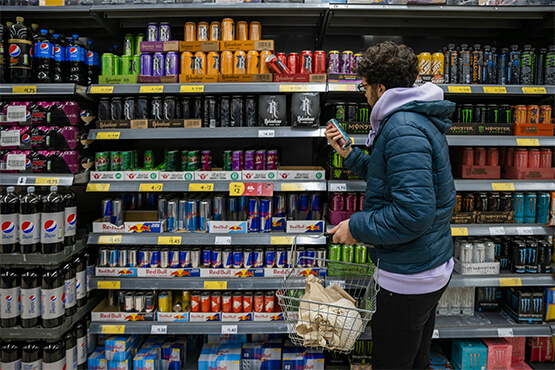Need to change….may be it’s not all that bad but we must remember the impact in the future!
Never has the saying “necessity is the mother of all invention” been truer than what we see today in the unprecedented times in which we find ourselves, not least in the provision of healthcare both in secondary and primary care.
Please note: the information contained in this legal update is correct as of the original date of publication.
Never has the saying “necessity is the mother of all invention” been truer than what we see today in the unprecedented times in which we find ourselves, not least in the provision of healthcare both in secondary and primary care. At a time of global pandemic when the challenges we face are vast yet the need to keep society running are as prescient as ever, the need has been to deliver the best quality healthcare possible, minimising contact, while we have been in lockdown.
The COVID-19 pandemic has brought about changes in the way patients engage with and are seen by their doctors and health care providers, and the interesting point is that these changes appear to have moved the boundaries and definitions of what good medical care means and many suspect will not be changed in the future. What has been welcomed is the speed by which technology has been adopted.
Such as the role of women in WW1 eventually leading to female enfranchisement in 1919; the adoption of technology in healthcare; the use of telephone and video consultations and the widespread adoption of clinicians working from home will, it is fully expected, be here to stay. Rather than providing a lower standard of care to the patient, many clinicians are hearing that patients like the telephone contact; that it is no longer necessary to take a morning off work and attend a GP surgery is a positive thing; that the service is convenient. We hear that E-referrals to dermatology when a picture of the lesion for example is being sent directly to a specialist is speeding up the referral process.
Clinicians are realising, like many of us are, that working from home, rather than causing problems is freeing up time to get on and spend time on the patients who need it when examinations are required. Of course; this is dependent on good broadband coverage and the users being able to access and/or use IT to good effect. One GP reports that a patient did not realise she needed to unmute the microphone during the consultation so he could hear what she was saying!
Of course, not all changes will be irreversible; the current sign off of cremation certificates requiring only one GP will not stay; anyone aware of the consequences of Dr Shipman will know that the safety net of two GPs signing off on a death must be reintroduced as soon as possible.
But the embracing of technology means a real paradigm shift has taken place due to COVID-19 and we expect that the norms of medical practice; the realisation that other forms of online consultation and therapy can take place (such as remote physiotherapy etc) will be embraced. As more clinicians and patients become familiar with this technology; the likelier we are to use this more and more.
As ever the legal and regulatory framework will take time to catch up to these changes but what is clear is that COVID-19 has produced change that none of us thought we would ever see because it was required and maybe society will not be worse off for it. But just as important will be that in the future, when considering the merits of a claim for clinical negligence and what was Bolam-reasonable; we will need to be clear as to when the alleged negligence happened and what the impact of the COVID–19 measures were and when they took effect; it will be too easy in hindsight to forget that practice was significantly different before the pandemic and possibly afterwards too.
Contact

Mark Hickson
Head of Business Development
onlineteaminbox@brownejacobson.com
+44 (0)370 270 6000


